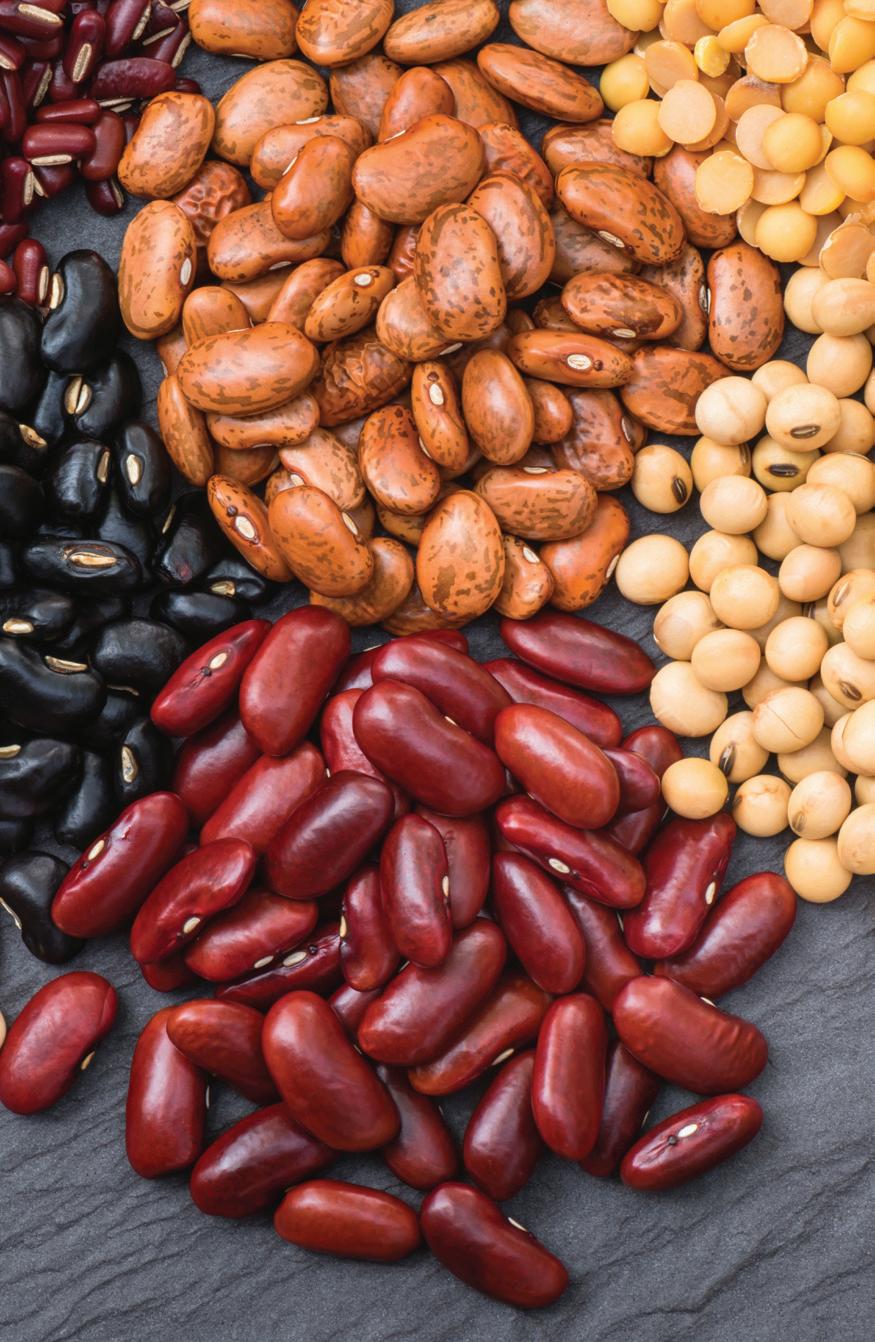
8 minute read
Pulsing with life
Australian Government boosts research into plant-based protein
©stock.adobe.com/au/peangdao Australia produces a 20th of the world’s pulses but is unable to significantly contribute to the increasingly important plant-based protein market. The typical pulses that Australia grows — chickpeas, faba beans, mung beans, lupin, field peas and lentils — are not regularly used for protein additives in meat-alternatives. Instead, soy bean and yellow pea are the favoured crops of this market — crops that are not widely viable for growing in Australia.
New research is aiming to change that, however, with the Transitioning Australian Pulses into Protein-based Food Industries project having received almost $1 million in funding. This project aims to boost the commercial applications of the pulses that Australia grows.
Researchers from the University of Sydney are hoping to find ways of efficiently processing these pulses, keeping water and energy consumption low, into useable protein concentrates and
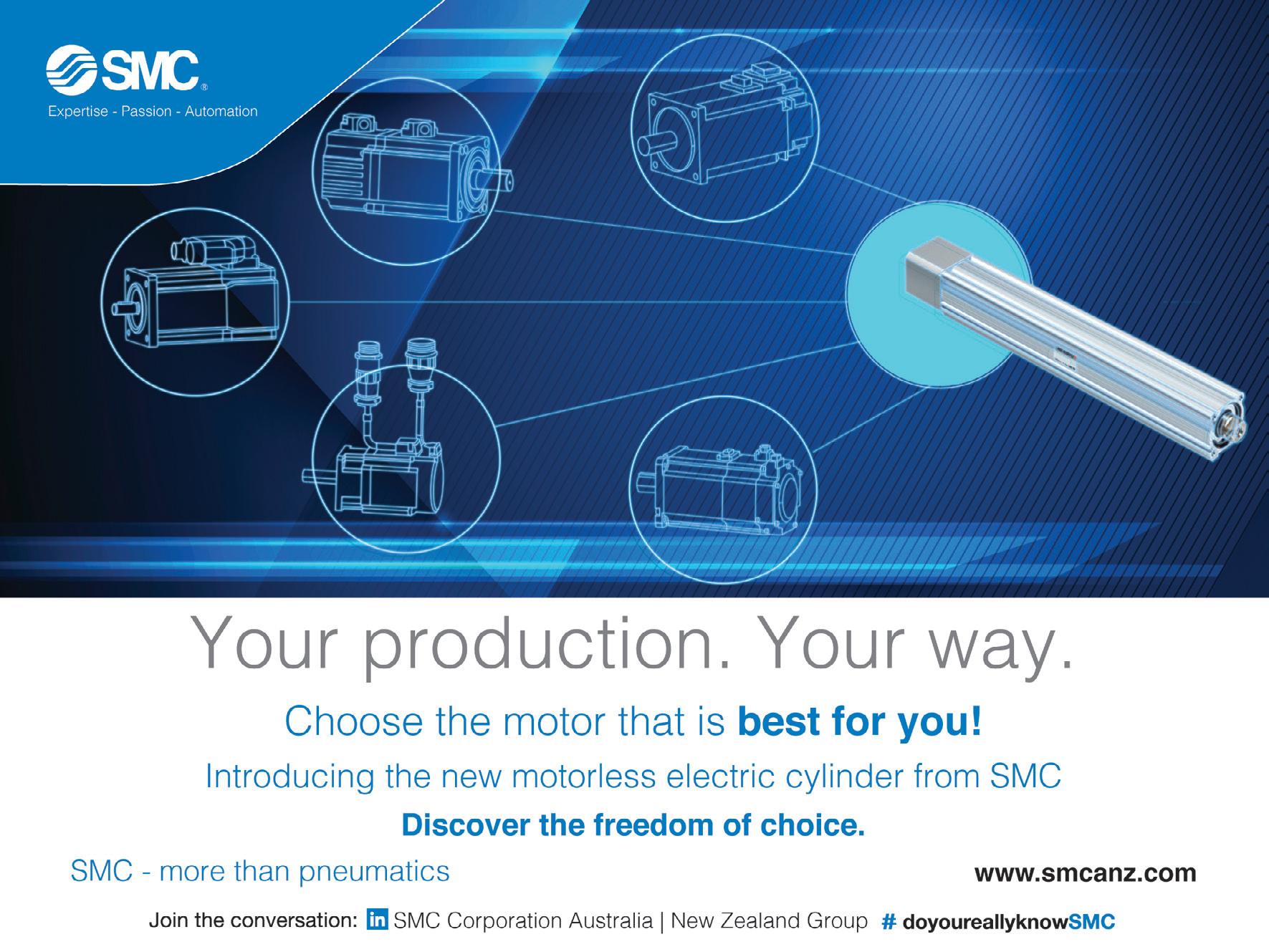
©stock.adobe.com/au/Csaba Deli
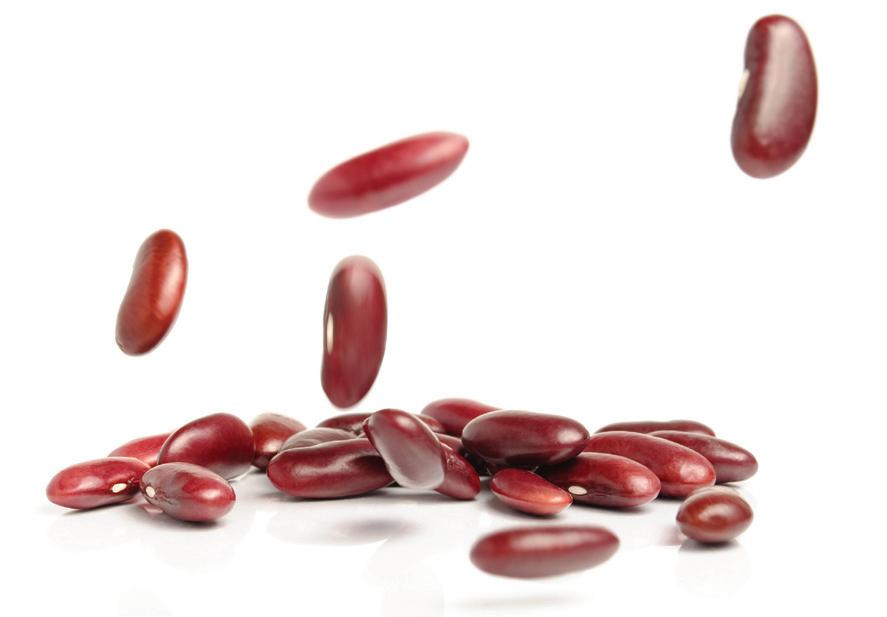
isolates. If this can be achieved and commercialised, it could lead to Australia being a solid source of protein for meat-alternatives in future years.
“At the end of this three-year project, we envisage Australia’s plant protein food and ingredient sector will be sufficiently established to encourage local investment in protein fractionation plants, which produce proteins from pulses, across Australia,” said lead researcher Professor Brent Kaiser.
“Australia produces about 4% of the world’s pulses, putting it in plum position to be a key player in the growing plant protein market. Working with domestic and international partners with expertise in pulse seed processing and food manufacturing, we will fill a critical gap in the local plant protein food supply chain.”
Researchers will be working with industry partners AEGIC, Roquette, Clextral, All G Foods and Wide Open Agriculture.
Dimpled crosssection heat exchanger
Teralba Dimpleflo dimpled cross-section heat exchanger is designed to break up laminar flow.
The R&D team at Teralba Industries never rest when it comes to its Dimpleflo tubular heat exchanger.
Constantly striving to increase heat transfer coefficients, they use different configurations of dimples at various depths to produce the optimum heat exchanger for viscous and fouling products.
Using dimples to disturb laminar flow behaviours, these turbulence enhancing deformations generate eddies and vortices that have an added benefit of minimising fouling — particularly in UHT and hightemperature processing applications where fouling and burn-on can be an issue in conventional double tube heat exchangers.
As pictured, the Dimpleflo tubing causes turbulence in a thick stick jam-based product.
Dimpleflo Heat Exchangers have been successfully installed in applications as diverse as processing human blood to heating sewerage sludge in anaerobic digesters.
With over 30 years’ experience in the design and manufacture of Dimpleflo, Teralba has a heat exchanger that is designed to heat and/ or cool any product.
Teralba Industries
www.teralba.com
clean-in-place gas blanketing carbonating
STAINLESS STEEL SurfAcE poLIShEd vALvES IdEAL for dAIry procESSINg, BEvErAgE inc MIcro BrEwEry, food, phArMAcEuTIcAL, chEMIcAL pLANTS.
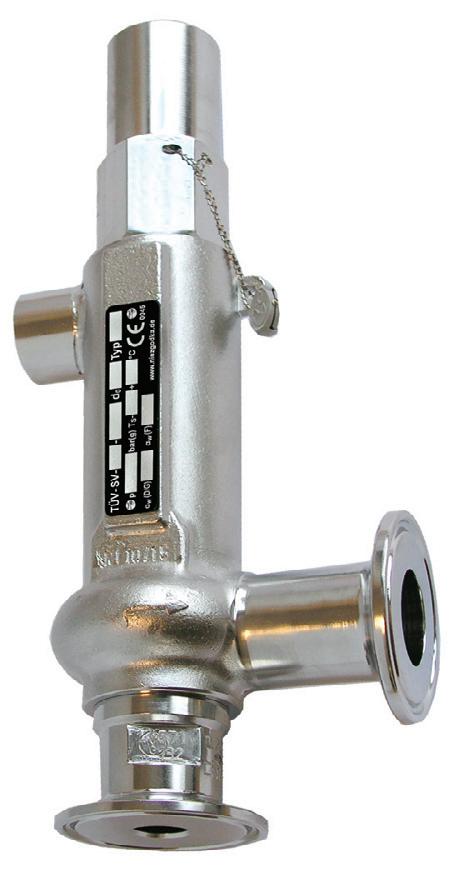
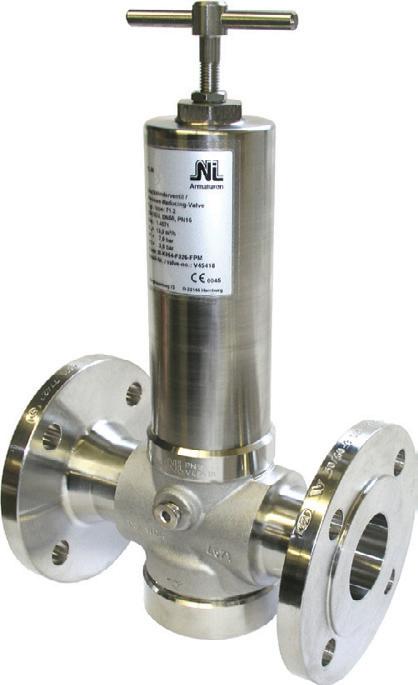
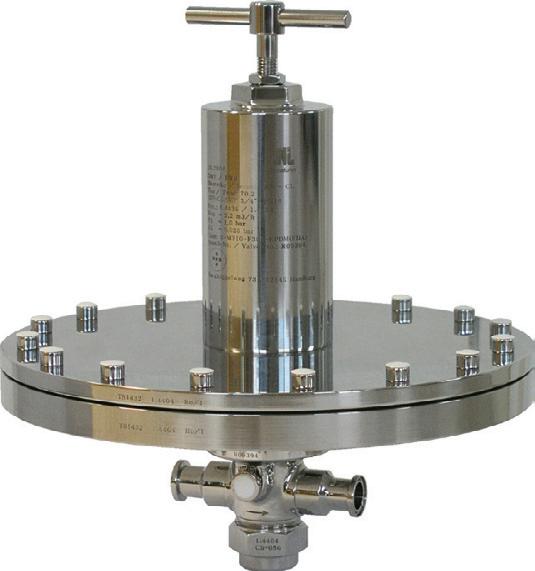
We handle Pressure ®
Tel: (03) 9699 7355
9334/BP&SS-WNIFT
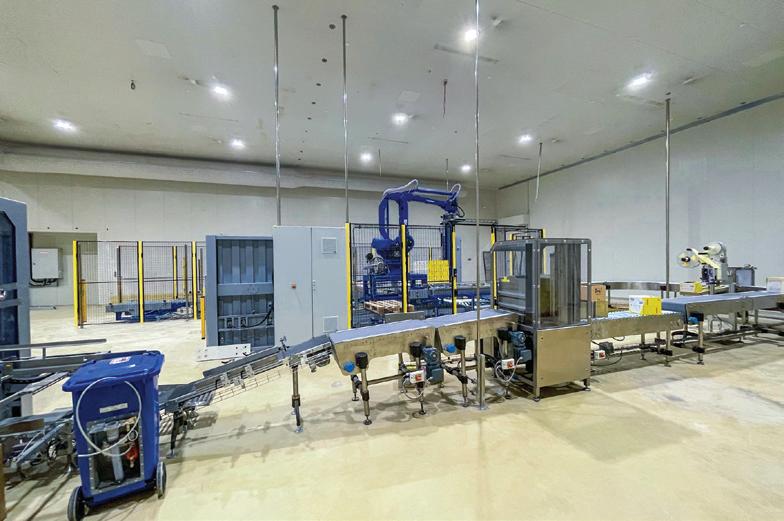

CASE STUDY
Twice the speed and improved quality for tortilla producer
©stock.adobe.com/au/dream79
A Greek tortilla producer has doubled its speed of production and packaging, while increasing the quality of its product, with the introduction of an automated production line using robotic and variable frequency drive (VFD) technology.
A new conveyor process was introduced to the tortilla producer’s existing manufacturing facility in Athens, Greece. Tortillas carried along the line are checked for quality before being packaged and palletised for distribution.
Automation Experts, a sales partner of Invertek Drives, was appointed by Robotsys, a specialist robotics and automation company, to develop the system using Optidrive VFDs. The process also involved the control of a robot for the packaging and palletising of the products at the end of the line.
The Optidrive E3 was chosen for the line and piston control, while an Optidrive P2 was selected for the movement of the picking and packaging robot. The Optidrive E3 is available in IP20 and IP66 enclosures and four frame sizes, making it suitable for a wide range of applications and environments.
The Optidrive P2 high-powered drive is meanwhile available in IP20, IP55 and IP66/NEMA 4X enclosures, with single- and three-phase input between 200 and 600 V, 0.75 and 250 kW and 1 to 350 HP. It supports all motor types, including IM, PM, BLDC and SynRM.
The Optidrive E3 has three application modes out of the box — industrial, pump and fan modes — which makes it easy to set up and commission for a range of applications. The set-up, commissioning and changing of parameters can also be easily undertaken on multiple drives through Bluetooth and NFC connectivity. Connected to Invertek’s Optitools mobile app via the Optistick Smart means replication of parameters to other drives is effortless where multiple drives are being set up.
Teo Amiridis of Automation Experts said: “The project involved designing a completely new conveyor solution, including more automation than the existing process. The customer wanted to increase the speed of the line, including the quality control element, before packaging the tortillas automatically.
“The six-conveyer line uses a total of 12 Optidrive VFDs. Six Optidrive E3s control the motion of each conveyor, with a Cartesian system controlled by two E3s to find the correct angle for rotating the conveyor. Three more E3 drives control the ‘rejection pistons’ which are used to push scrap products off the line.
“The conveyors must sync with the rejection pistons to allow the right batch of tortillas to be pushed off the line at the correct time. So, accurate motion control is crucial for each element of the line.
“At the end of the line, the product is then packaged and palletised using a Yaskawa robot. The position of the robot is controlled with an Optidrive P2. Working with Robotsys, we were able to design a completely automated system.”
The customer reported the new line working twice as fast as existing lines, along with a superior quality product as a result.
“The quality and control were an objective from the outset,” Amiridis said. “We’re pleased that we’ve doubled the speed of production while at the same time improving the quality of the product.” Invertek Drives www.invertek.com.au

The new production line used Optidrive E3 variable frequency drives.
©stock.adobe.com/au/Guillermo
Finding a better way to clean tannin manufacturing equipment
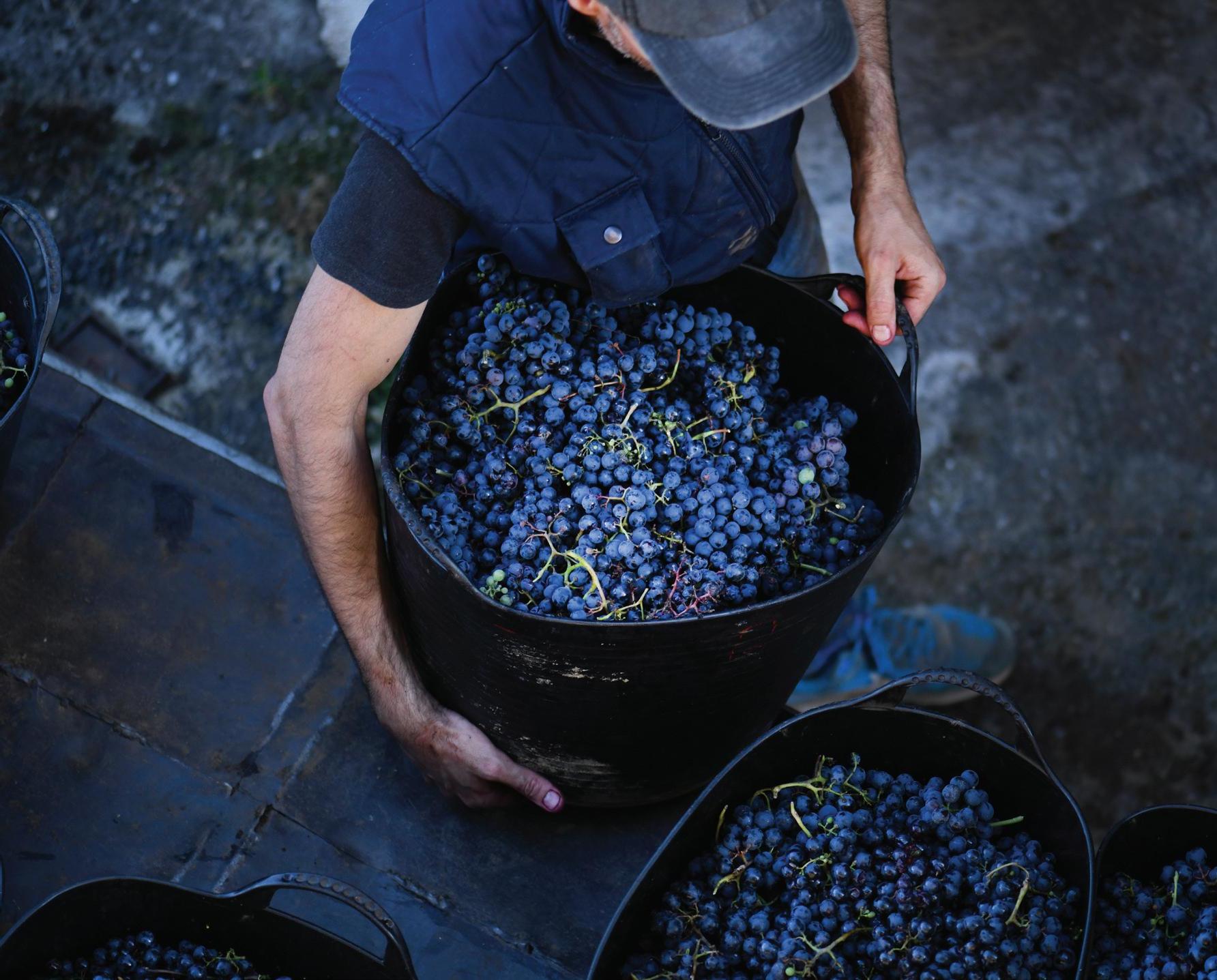
A tannin manufacturer was looking for a way to effi ciently clean their equipment. Discover how they overcame this challenge.
While tannins occur naturally in wine, they can also be added to stabilise it and prevent formation of bacteria and moulds. That’s why tannin manufacturers need to follow strict cleaning protocols.
One tannin producer was looking for a washing process for their machinery. Before seeking help, they were manually cleaning the equipment (which included a large net basket) using high pressure washers. As a result, the cleaning process required large amounts of water and a great deal of manual labour.
Confi dent there was a better and more cost-effective way to clean their equipment, the tannin manufacturer sought expert assistance. With help from the Technical Department of PNR Italia a solution was found in the form of a skilfully designed washing system.
How it works
A series of manifolds are now located along the longitudinal axis of the net baskets used in the tannin manufacturing process. On the upper side of the manifold and positioned around the basket are nine high impact Flat Fan Nozzles. With a spoon-shaped convex surface, their role is to produce a narrowangle, high-impact jet of cleaning fl uid.
In addition, eight Rotating Washing Heads were installed in C-brackets to support the manifold structure. These Washing Heads are located at the top and bottom of the basket at both ends. Made entirely from stainless steel, the Rotating Washing Heads are mounted on a double row of steel ball-bearings to facilitate use in any position. Their role is to clean residue removed from the Flat Fan Nozzles to ensure the inside of the box is thoroughly cleaned.
A liquid supply inlet is positioned in the centre of the main manifold to pump cleaning fl uids throughout the system. Three-way ball valves have also been installed to manage the fl ow of cleaning liquid so it fl ows fi rst to the Flat Fan Nozzles and then onto the Rotating Washing Heads.
As a result of this clever design solution, the tannin manufacturer has signifi cantly reduced the amount of water required to clean its equipment and decreased its labour costs.
Recognised for their ability to provide outstanding technical solutions, Tecpro Australia and their partners have been called upon to streamline cleaning operations across a wide range of industries. In addition, Tecpro is the exclusive distributor for many highquality, European brands including the entire range of PNR Italia’s spray nozzles.
If you have a production or operational issue that you would like to streamline, speak to the team at Tecpro by calling 02 9634 3370 or email sales@tecpro.com.au.
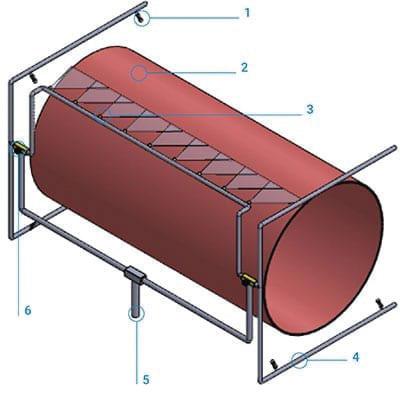
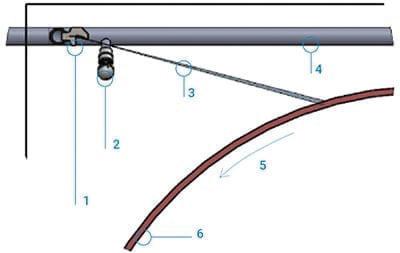
Tecpro Australia www.tecpro.com.au










